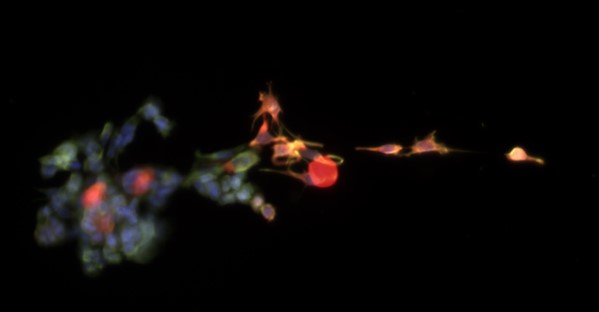


Quantitative analysis of biological phenomena is key to advancing our understanding of their mechanistic underpinnings. Currently, the modes by which epithelial cells migrate in tissue development, regeneration and disease are only partially understood, mostly in qualitative terms. In this project, the student will develop a quantitative method for the analysis of cell migration in 3D under these different tissue states. A visit to our collaborating lab (Hannezo) at IST Austria will enable the student to learn biophysical modelling techniques that they can apply to their quantitative data to elucidate general rules governing cell migration in development, health and disease.